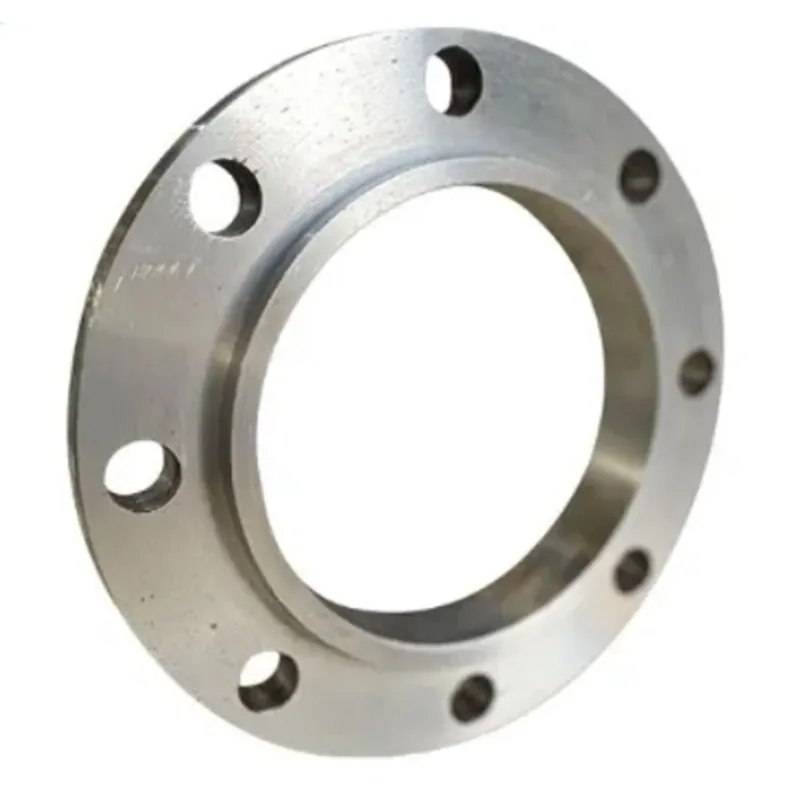-
Cangzhou Yulong Steel Co., Ltd.
-
Phone:
+86 13303177267 -
Email:
admin@ylsteelfittings.com
- English
- Arabic
- Italian
- Spanish
- Portuguese
- German
- kazakh
- Persian
- Greek
- French
- Russian
- Polish
- Thai
- Indonesian
- Vietnamese
- Zulu
- Korean
- Uzbek
- Hindi
- Serbian
- Malay
- Ukrainian
- Gujarati
- Haitian Creole
- hausa
- hawaiian
- Hebrew
- Miao
- Hungarian
- Icelandic
- igbo
- irish
- Japanese
- Javanese
- Kannada
- Khmer
- Rwandese
- Afrikaans
- Albanian
- Amharic
- Armenian
- Azerbaijani
- Basque
- Belarusian
- Bengali
- Bosnian
- Bulgarian
- Catalan
- Cebuano
- China
- China (Taiwan)
- Corsican
- Croatian
- Czech
- Danish
- Esperanto
- Estonian
- Finnish
- Frisian
- Galician
- Georgian
- Kurdish
- Kyrgyz
- Lao
- Latin
- Latvian
- Lithuanian
- Luxembourgish
- Macedonian
- Malgashi
- Malayalam
- Maltese
- Maori
- Marathi
- Mongolian
- Myanmar
- Nepali
- Norwegian
- Norwegian
- Occitan
- Pashto
- Dutch
- Punjabi
- Romanian
- Samoan
- Scottish Gaelic
- Sesotho
- Shona
- Sindhi
- Sinhala
- Slovak
- Slovenian
- Somali
- Sundanese
- Swahili
- Swedish
- Tagalog
- Tajik
- Tamil
- Tatar
- Telugu
- Turkish
- Turkmen
- Urdu
- Uighur
- Welsh
- Bantu
- Yiddish
- Yoruba

Oct . 12, 2024 06:54 Back to list
stainless steel butt weld
Understanding Stainless Steel Butt Welds
Stainless steel butt welds are integral to many industries, particularly in the realms of construction, manufacturing, and piping systems. The durability and corrosion resistance of stainless steel make it an ideal choice for a variety of applications. A butt weld is a type of joint where two pieces of metal are aligned adjacent to each other and welded along their edges. This article explores the significance, applications, and benefits of stainless steel butt welds.
One of the primary advantages of stainless steel is its inherent resistance to rust and corrosion. This property arises from the presence of chromium, which forms a passive oxide layer on the surface of the steel. When employing butt welds in stainless steel structures, the joints maintain this corrosion resistance, allowing for longevity and reliability in demanding environments. From food processing plants to chemical processing facilities, stainless steel butt welds are essential for maintaining hygiene standards and ensuring structural integrity.
The welding process for butt welds generally involves various techniques, including TIG (Tungsten Inert Gas) welding and MIG (Metal Inert Gas) welding. Each method has its own set of advantages, depending on the materials and conditions involved. TIG welding, for instance, provides a clean and precise finish, making it suitable for thin stainless steel sheets. On the other hand, MIG welding is often faster and more efficient for thicker materials, thereby providing flexibility in application.
stainless steel butt weld

When executing stainless steel butt welds, proper preparation and technique are critical to achieving strong and uniform joints. Surface cleaning is necessary to remove contaminants that could weaken the weld. Furthermore, depending on the thickness of the materials being joined, preheating may be required to prevent cracking. A well-executed butt weld will display a smooth finish and a low level of distortion, ensuring the strength and aesthetic quality of the finished product.
Another significant aspect of stainless steel butt welds is their application in constructing piping systems. Industries such as oil and gas rely heavily on these joint designs to create safe and efficient transport systems for fluids and gases. The strength of a stainless steel butt weld plays a crucial role in resisting high pressures and varying temperatures that these systems often experience. Moreover, these welds comply with stringent industry standards and regulations, ensuring safety and performance.
In conclusion, stainless steel butt welds are vital components in various sectors due to their mechanical strength and resistance to corrosion. Their versatility allows for application in a range of environments, from residential plumbing to industrial facilities. As technology advances, techniques in welding continue to evolve, making stainless steel butt welds an ever-reliable choice for engineers and manufacturers alike. Understanding these joints' properties and applications will ultimately contribute to better design and construction practices throughout the industry.
Latest news
-
ANSI 150P SS304 SO FLANGE
NewsFeb.14,2025
-
ASTM A333GR6 STEEL PIPE
NewsJan.20,2025
-
ANSI B16.5 WELDING NECK FLANGE
NewsJan.15,2026
-
ANSI B16.5 SLIP-ON FLANGE
NewsApr.19,2024
-
SABS 1123 FLANGE
NewsJan.15,2025
-
DIN86044 PLATE FLANGE
NewsApr.19,2024
-
DIN2527 BLIND FLANGE
NewsApr.12,2024
-
JIS B2311 Butt-Welding Fittings LR/SR 45°/90° /180°Seamless/Weld
NewsApr.23,2024











